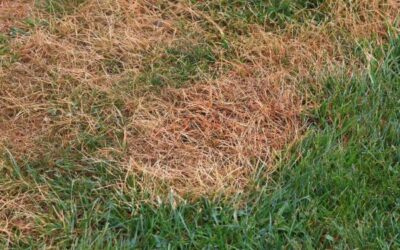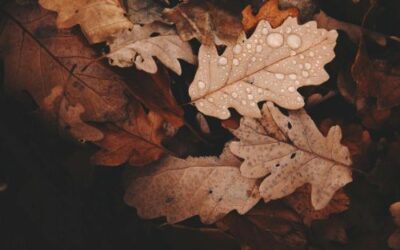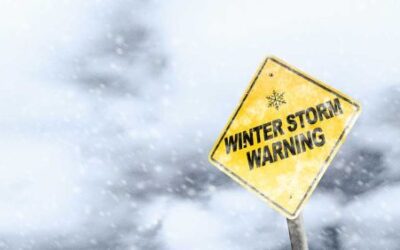Welcome to another green-thumb guide from Jack’s Lawn Care & Landscaping in
Charlottesville! Today, we’re buzzing with excitement to share with you the ins and outs of
creating a bee-friendly garden. With bee populations facing challenges worldwide, it’s more
important than ever to create spaces that support these vital pollinators. Not only does a bee-
friendly garden contribute to the health of our planet, but it also ensures the flourishing of our
own backyards. So, let’s dive into how you can transform your garden into a paradise for bees
and a haven for biodiversity.
Understanding the Importance of Bees
Before we get our hands dirty, let’s take a moment to appreciate why bees are so crucial. Bees
play a key role in pollinating many of the crops we rely on for food, as well as wild plants that
serve as the backbone of ecosystems. Without bees, our gardens, fields, and natural
landscapes would struggle to survive. By creating a bee-friendly garden, you’re not just
beautifying your space; you’re contributing to the health and sustainability of your community
and the planet.
Choosing the Right Plants
The foundation of a bee-friendly garden lies in the selection of plants. Bees are attracted to a
variety of flowers, but they have a particular fondness for native species. Native plants are not
only easier to grow since they’re adapted to the local climate, but they also provide the best
resources for native bees. Here are some tips for choosing plants:
Go for Diversity: Plant a wide range of flowers to ensure blooms throughout the seasons. This
provides a constant food source for bees.
Color Matters: Bees are especially attracted to blue, purple, white, and yellow flowers.
Consider planting lavender, sage, sunflowers, and black-eyed Susans.
Single Flower Tops: Choose plants with single flower tops, such as daisies and marigolds, as
they offer easier access to pollen and nectar.
Include Trees and Shrubs: Trees and shrubs like willows and maples can provide shelter and
additional food sources for bees.
Designing Your Garden
A well-thought-out design can make your garden not only a visual delight but also a functional
space for bees. Here’s how to design your bee haven:
Cluster Plants: Group the same species together in clusters to make them more visible and
accessible to bees.
Consider Height: Plant flowers at different heights to appeal to different species of bees and
maximize space.
Leave Some Ground Untouched: Bare patches of ground can serve as nesting sites for
ground-nesting bees.
Incorporate Water Sources: A shallow bird bath or a dish with stones and water gives bees a
place to hydrate.
Garden Maintenance Tips
Maintaining a bee-friendly garden doesn’t require excessive work, but there are some practices
to keep in mind:
Avoid Chemicals: Pesticides and herbicides can harm bees. Opt for natural pest control
methods and embrace a bit of imperfection in your garden.
Let It Grow: Allow your garden to grow a little wild. Overly manicured lawns and gardens can
reduce the habitat for bees.
Provide Nesting Sites: Besides bare ground, consider adding bee hotels or nesting boxes to
accommodate cavity-nesting species.
Engaging the Community
Creating a bee-friendly garden is a wonderful step, but imagine the impact if the whole
community got involved. Share your passion and knowledge with neighbors, schools, and local
organizations. The more bee-friendly spaces there are, the stronger our ecosystems will be.
At Jack’s Lawn Care & Landscaping, we believe that every garden has the potential to be a
sanctuary for bees and a testament to the beauty of nature. By following these guidelines,
you’re not just planting flowers; you’re sowing the seeds of a healthier planet. Remember, every
plant counts, and each garden can make a difference.
So, let’s pick up our gardening tools and create buzzing oases that echo with the vibrant life of
bees. Together, we can ensure that our backyards are not only beautiful but also bountiful and
beneficial for all creatures, great and small. Happy gardening!



